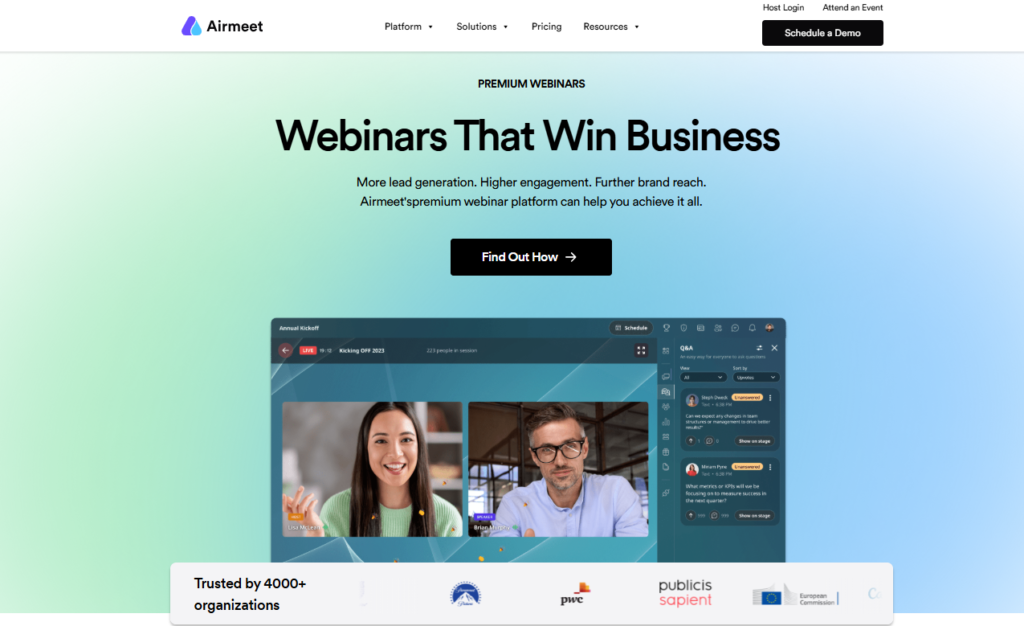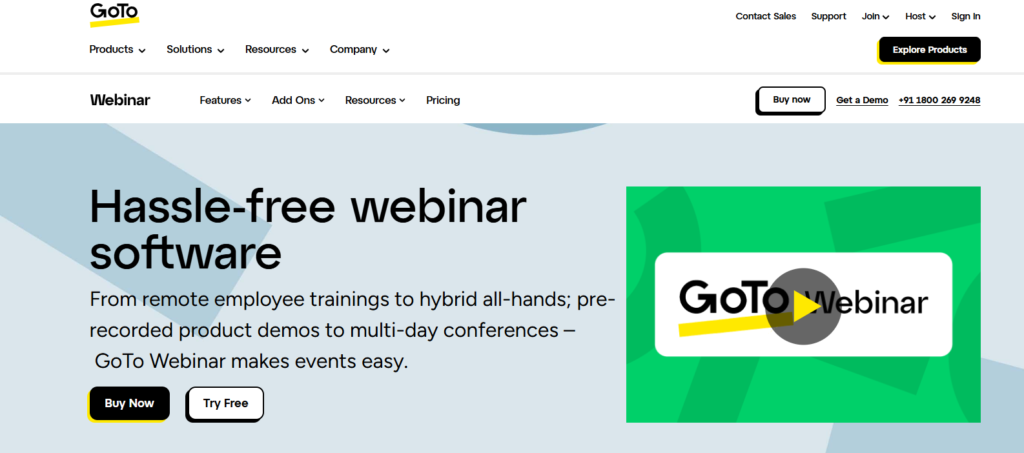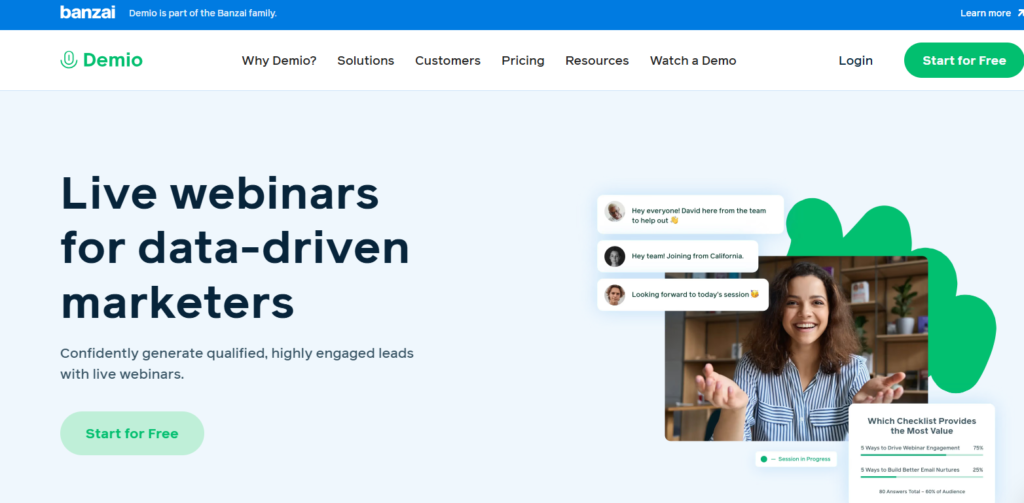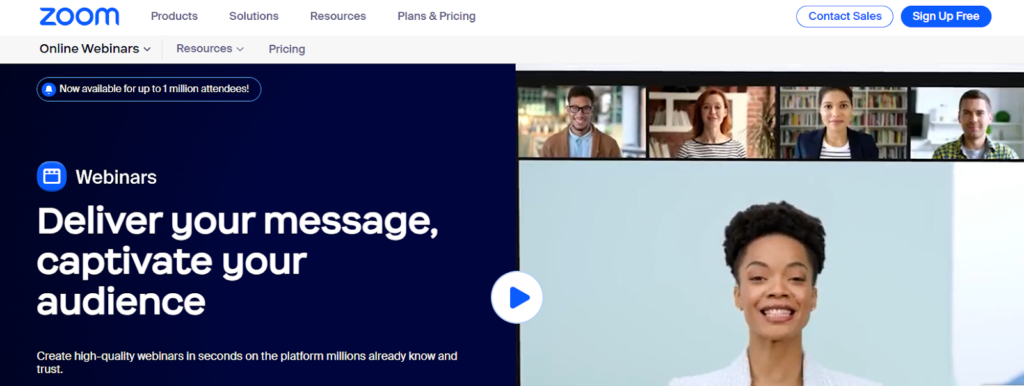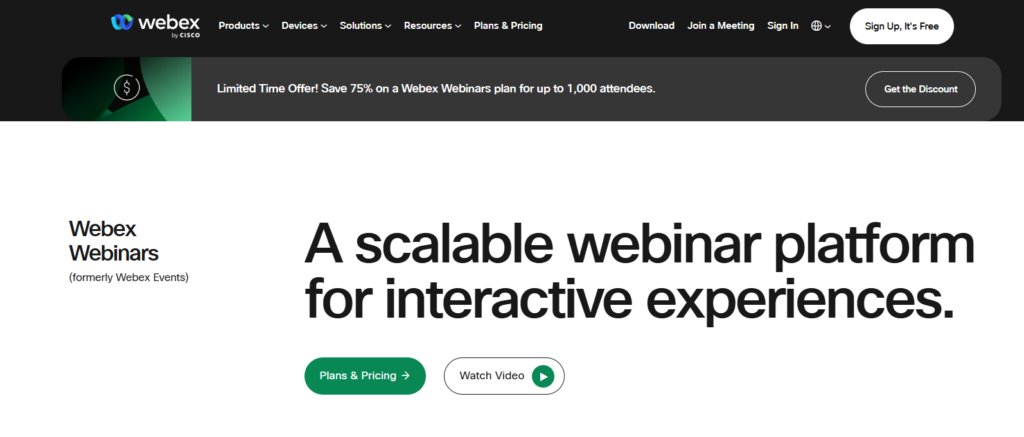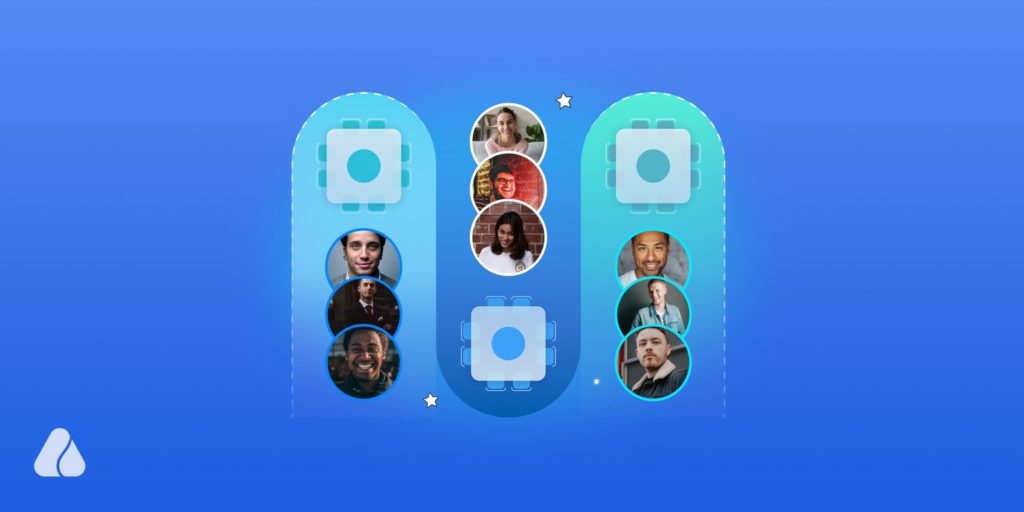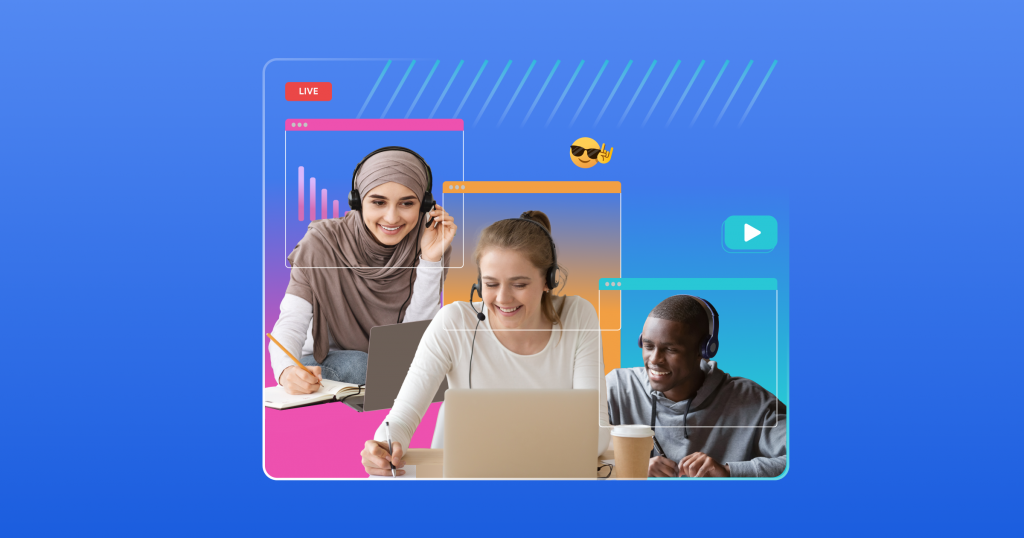- Platform
-
COMPONENTS FOR BEST WEBINAR EXPERIENCE
-
- Solutions
-
TEAMS & INDUSTRIES
GTM TEAMS & MARKETERSBroaden Market
Impact with
Immersive EventsORGANIZATIONS & HRsStrengthen Bonds,
Boost EngagementFINTECHS NEWGrow your business
with tailored eventsINDUSTRIES
-
- Pricing
- Resources
-



